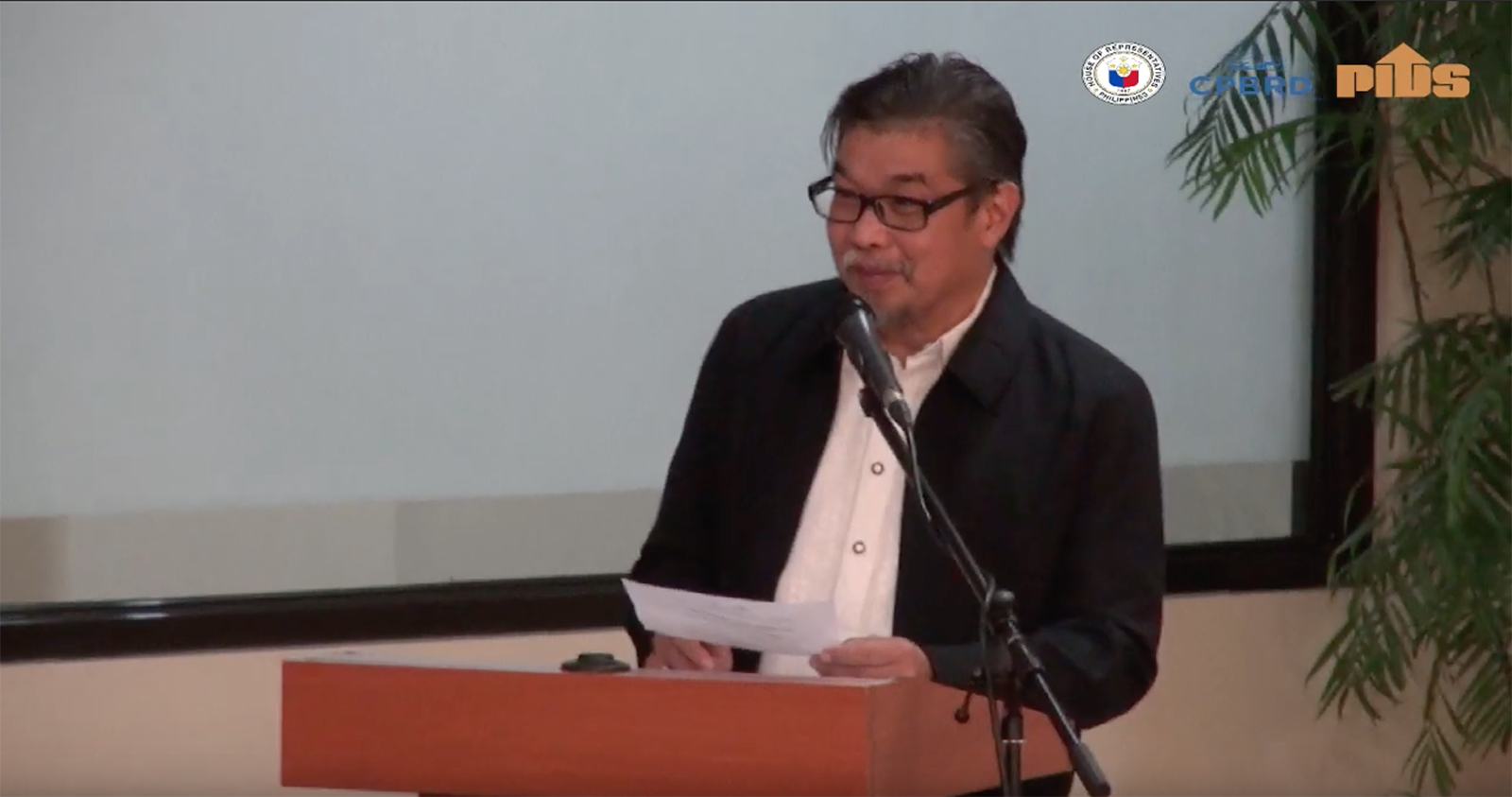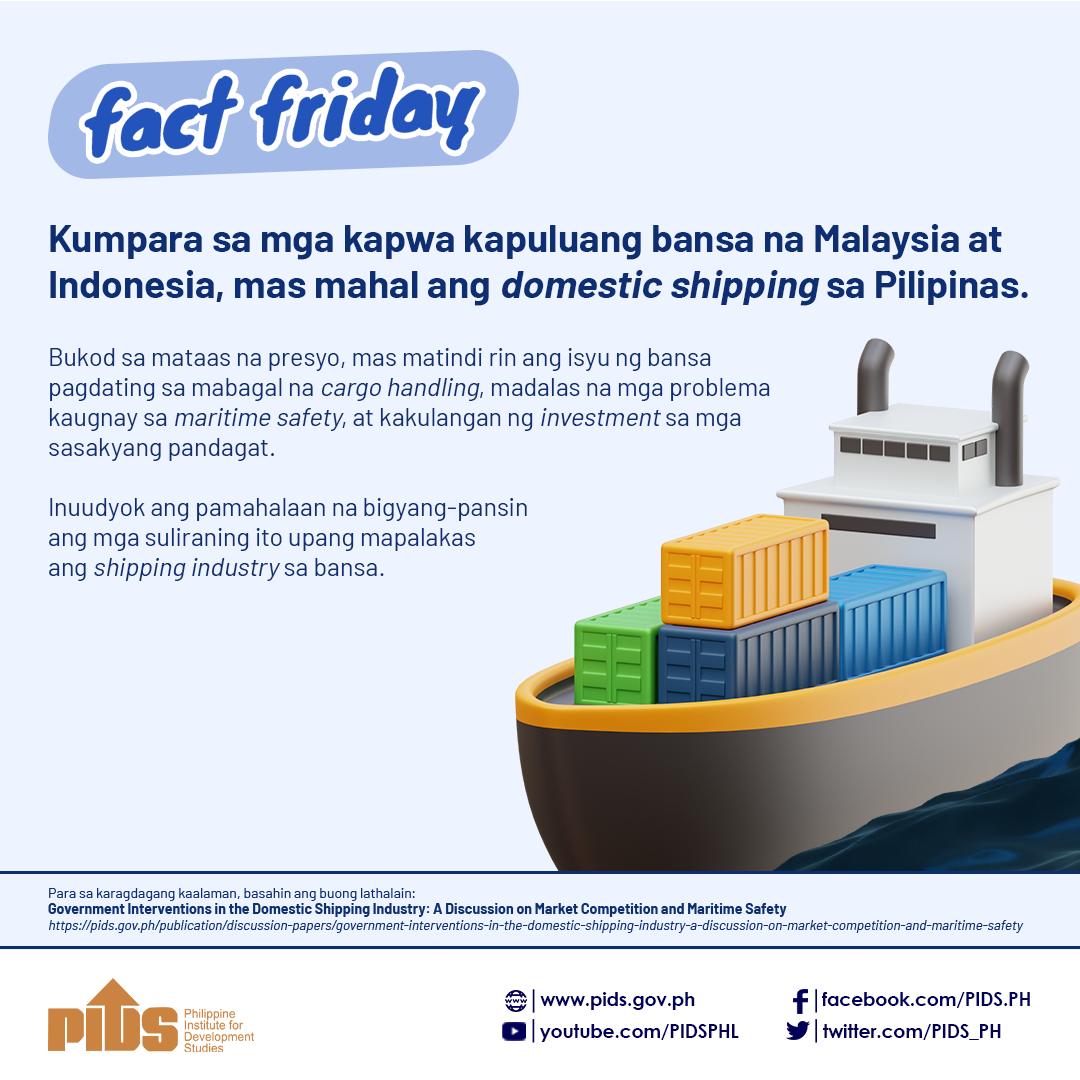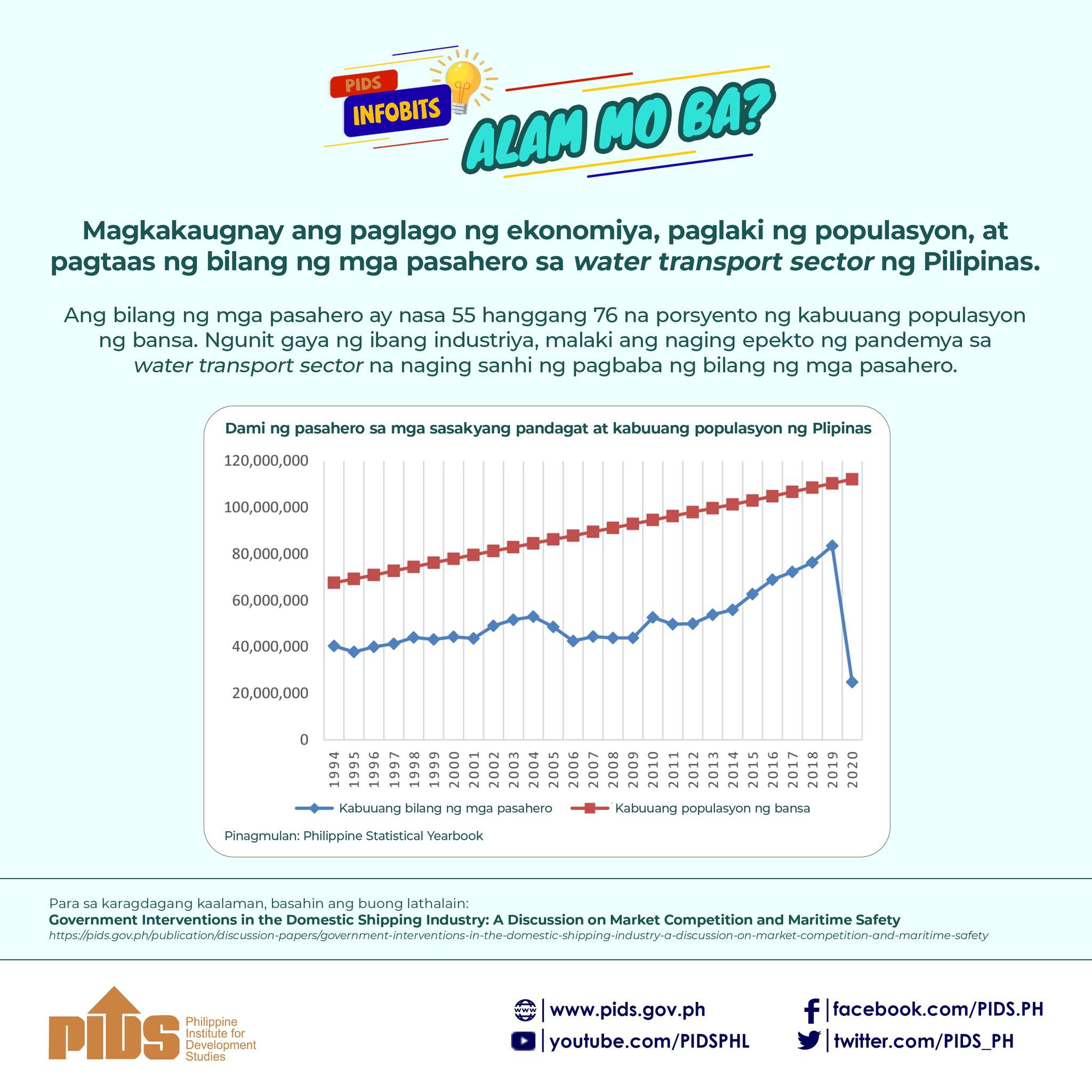It’s sad to reminisce the time when the country basked in the glory of being Asia’s agricultural hotshot. Our picturesque, verdant fields were the envy of our Asian neighbors. I think this was the main factor why—aside from the fact that we were way ahead in harnessing our lands for agricultural endeavor—the Ford and Rockefeller Foundations and the Philippine government partnered to set up the International Rice Research Institute (IRRI) in Los Baños, Laguna, to spearhead the “Green Revolution” not only to combat hunger, but to find ways to increase rice production.
Since 1960, IRRI has exceeded its expectations. Its “semidwarf” rice variety saved India from famine in the 1960s. By 2005, it was estimated that 60% of the world’s rice area was planted to IRRI-bred rice strains or their iterations.
It’s ironic that, while the rest of Asia benefitted from IRRI’s genius, our country faltered and has since lagged behind our neighbors. We failed to keep pace with the way their rice production grew by leaps and bounds over a short span of time. It’s not so much about our inability to use IRRI’s technology to the fullest, but because of utter government neglect.
For decades, farmers have agonized over the miniscule government support they got in terms of investment, funding and accommodations. Another stumbling block was the non-implementation of the land reform law that weighed down heavily on Filipino rice farmers.
Having little or no income sources to pay for the land awarded to them, farmers were compelled to rent the land they tilled, incurring debts on exorbitant payment terms. They also had to hire reapers, and usually remained in a never-ending loop of obligation to equipment owners, who are also their palay customers. To this day, unscrupulous rice traders who hoard and manipulate rice prices continue to undermine the industry on which our farmers and their families heavily depend.
Despite all these, our rice farmers make do with whatever little they have. They have weathered periods of pestilence and storm after tropical storm, even while living hand-to-mouth. There is, however, one storm that Filipino farmers never prepared for: Typhoon Digong.
The Duterte administration may be acting on the mistaken belief that it is doing our farmers a big favor by ending their agony. Instead of making up for the government’s blatant indifference to their plight, President Duterte has decided to pull the plug on the life support system that’s keeping our farmers barely alive. With just one stroke of a pen, he has signed the rice tariffication law, hammering the last nail on the coffin of Filipino rice farmers.
From here on, we might have to be satisfied merely waxing nostalgic about the splendor that our rice industry once was through Filipino folk music and art: Luz Morales’s ditty, ‘Magtanim Ay Di Biro,’ and Fernando Amorsolo’s various paintings of the Philippines’s spectacular rice fields.
Imposing rice tariffs and lifting quantitative restrictions on rice imports are said to be inflation busters. But isn’t killing the livelihood of rice farmers which will lead to massive unemployment rate likewise inflationary? In the midst of last year’s runaway inflation, largely due to Duterte’s questionable tax reform program, the President in an unparalleled and possibly unconstitutional move issued Administrative Order (AO) 13 even before the passage of the Rice Tariffication Bill. The AO gets rid of nontariff barriers in the ingress of agricultural products into the country. He even said that we can now import as much rice as we want.
The Rice Tariffication Law replaces volume restrictions and allows unlimited rice importation with a 35-percent tariff on rice imports from members of the Association of Southeast Asian Nations and 50 percent from non-Asean countries. It takes effect on March 5 of this year, with up to P11 billion in import duties expected to be collected during its first year of implementation, according to the Department of Finance (DOF).
Duterte’s economic team acknowledges that opening the floodgates for “cheaper” rice could kill local farmers in the long run. Nonetheless, these economic advisers justified the law’s passage by saying that it would increase revenues from importation, which, in turn, could fund the agriculture sector’s attractiveness, thus improving farmers’ incomes. Unfortunately, this is highly doubtful. Over the last two decades, this overlooked sector has only received 5 percent of the national budget.
It should be noted here that the Philippine Institute for Development Studies has projected a 29- percent regression in rice farmers’ incomes with a P4-drop in palay farmgate prices upon implementation of the tariffication law. This would affect four million families who depend on the industry.
The economic research group Ibon Foundation warned that the rice tariffication law “would neither improve the productivity of local farmers, lower the price of rice, nor ensure a stable rice supply unless the government gave substantial support to agriculture.”
Under the law, a P10-billion rice competitiveness enhancement fund will be taken from the tariff revenues to support Filipino farmers for six years. But Ibon said the law could not control the global prices of rice or prevent possible price manipulation by domestic rice traders.
“Global rice prices are volatile and can become very high depending on the production conditions of exporting countries. Rice production [in] Vietnam and Thailand is subsidized and incentivized, making their rice cheap. But they can decide to prioritize local consumption and ban exports, making cheap rice unavailable to Filipino consumers,” Ibon warned.
Obviously, our farmers do not need rice tariffication. They need the government to provide increased and direct budget support through land reform, the allocation of land strictly for local food production, and free irrigation. The Duterte administration has national funds it can utilize to support price controls. In the same vein, the government also has the power to remove consumption taxes and repeal the regressive provisions of the Tax Reform for Acceleration and Inclusion Law.
If Duterte were truly concerned for the welfare of Filipino rice growers and the consuming public, he would pursue and prosecute rice cartels for sabotaging our economy. Pulling the plug on the Philippine rice industry by implementing the rice tariffication law is not the answer.












